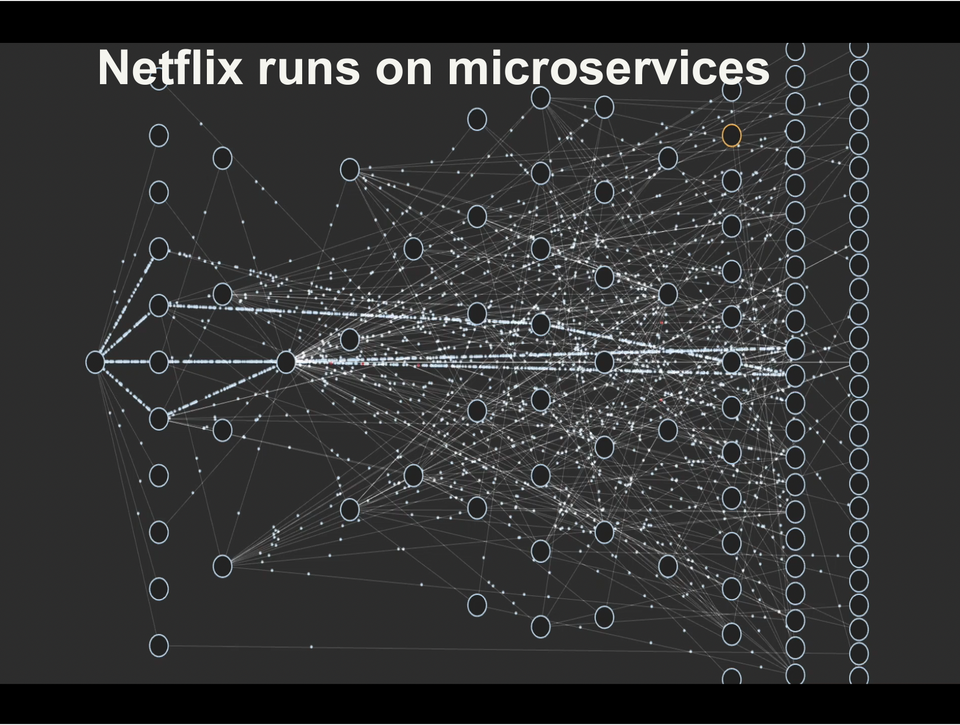From Monolith to Microservices

In recent years, the shift from monolithic architectures to microservices has become a popular trend in software development. This shift has been driven by the need to build more scalable, agile, and resilient systems, particularly in the context of modern cloud environments. In this article, we will explore the differences between monolithic and microservices architectures, the benefits and challenges of adopting microservices, and some best practices for making the transition successfully.
Monolithic Architecture
Monolithic architecture is a traditional way of building software applications where all the components of the system are tightly coupled together into a single codebase. The codebase usually consists of a single executable that includes all the functionality of the application. Monolithic applications typically have a layered architecture with a presentation layer, business logic layer, and data access layer. All the functionality of the application is implemented in these layers, and they are tightly coupled together.
Monolithic architecture has been the dominant approach for many years. It is relatively easy to develop and deploy, and it is straightforward to test and maintain. However, monolithic applications can become complex and unwieldy as they grow in size and complexity. Changes to one part of the application can have unintended consequences in other parts of the system, and this can make it challenging to introduce new features or make changes to the existing functionality.
Microservices Architecture
Microservices architecture is an alternative approach to building software applications. In a microservices architecture, the application is decomposed into a set of small, independent services that communicate with each other using APIs or message queues. Each service is responsible for a specific business capability, and it can be developed, deployed, and scaled independently of the other services in the system.
Microservices architecture provides several benefits over monolithic architecture. It allows for greater agility, as each service can be developed and deployed independently. This means that new features can be introduced more quickly, and changes to the existing functionality can be made without affecting the other parts of the system. Microservices also allow for greater scalability, as each service can be scaled independently based on its specific requirements. Additionally, microservices architecture can improve resilience, as failures in one service do not necessarily affect the other services in the system.
Benefits of Adopting Microservices
There are several benefits to adopting microservices architecture:
- Greater agility: Microservices architecture allows for greater agility, as each service can be developed, deployed, and scaled independently. This means that new features can be introduced more quickly, and changes to the existing functionality can be made without affecting the other parts of the system.
- Improved scalability: Microservices architecture allows for greater scalability, as each service can be scaled independently based on its specific requirements. This means that you can scale the parts of the system that need it most, without having to scale the entire system.
- Better resilience: Microservices architecture can improve resilience, as failures in one service do not necessarily affect the other services in the system. This means that you can isolate failures and minimize their impact on the rest of the system.
- Better fault isolation: Microservices architecture allows for better fault isolation, as failures in one service do not necessarily affect the other services in the system. This means that you can isolate failures and minimize their impact on the rest of the system.
- Improved development velocity: Microservices architecture can improve development velocity, as each service can be developed independently. This means that you can introduce new features more quickly, and make changes to the existing functionality without affecting the other parts of the system.
Challenges of Adopting Microservices
Adopting microservices architecture can be challenging, and there are several key challenges that need to be addressed:
- Complexity: Microservices architecture is more complex than monolithic architecture, as it involves multiple services communicating with each other. This can make the system more difficult to understand and manage.
- Distributed systems: Microservices architecture involves building distributed systems, which can be more difficult to design, implement, and test than monolithic systems.
- Operational overhead: Microservices architecture can increase operational overhead, as there are more services to deploy, manage, and monitor.
- Inter-service communication: In a microservices architecture, services communicate with each other using APIs or message queues. This can introduce latency and increase the complexity of the system.
- Data management: Microservices architecture can make data management more challenging, as data may be spread across multiple services.
Best Practices for Adopting Microservices
To successfully adopt microservices architecture, there are several best practices that should be followed:
- Start small: Start with a small, well-defined service that can be developed, deployed, and tested quickly. This will allow you to get a feel for microservices architecture and identify any challenges early on.
- Design for failure: In a microservices architecture, failures will happen. Design your system to be resilient to failures, and ensure that failures in one service do not affect the other services in the system.
- Use API gateways: Use API gateways to manage the communication between services. This will make it easier to manage the system, and allow you to introduce new services more easily.
- Automate everything: Automation is key to managing a microservices architecture at scale. Use automation tools to deploy, manage, and monitor your services.
- Embrace DevOps: DevOps practices are essential for managing a microservices architecture. Embrace DevOps principles such as continuous integration, continuous delivery, and infrastructure as code.
Conclusion
The shift from monolithic architecture to microservices architecture is a trend that is likely to continue in the coming years. Microservices architecture offers several benefits over monolithic architecture, including greater agility, improved scalability, and better resilience. However, adopting microservices architecture can be challenging, and there are several key challenges that need to be addressed. By following best practices such as starting small, designing for failure, using API gateways, automating everything, and embracing DevOps, organizations can successfully make the transition from monolithic to microservices architecture and realize the benefits of this modern approach to building software applications.
